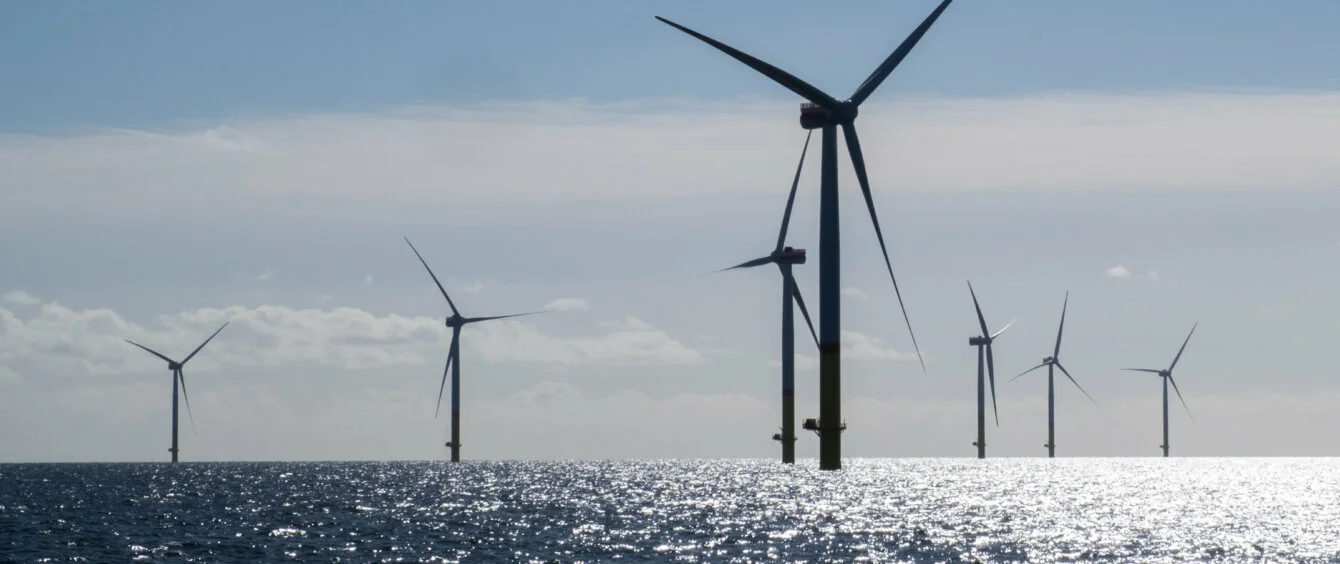RWE is taking another step in driving forward sustainability in wind power by being the first developer in the world to utilise Siemens Gamesa’s GreenerTower at its Danish offshore wind farm Thor. The tower steel plates are made of greener steel that produces at least 63 percent less CO2 emissions compared to conventional steel. 36 of the 72 wind turbines will be equipped with the lower-carbon steel towers. Installation offshore is expected in 2026.
Offshore Wind already has one of the lowest life-cycle carbon footprints of power generation technologies. However, tower production accounts for around one third of all wind turbine-related CO2 emissions. So using greener steel is a significant step towards producing even more sustainable wind power. At RWE we are fully committed to working towards circularity and net-zero emissions. We are already testing the world’s first recyclable wind turbine blades by Siemens Gamesa under real-life conditions. By piloting the GreenerTower at our Thor offshore wind farm, RWE is now once again taking the lead by helping to significantly reduce the carbon footprint of wind turbines. Sven Utermöhlen, CEO RWE Offshore Wind
Third-party certification will verify that a maximum of just 0.7 tons of CO2-equivalent emissions are produced per tonne of steel in the new, GreenerTower, while the same steel properties and quality are maintained. As one of the measures to decarbonise steel production, the electric furnaces will be fed with green electricity produced by renewable energy sources. Other means include the use of scrap steel in the production process, substituting iron ore and reducing the energy intensity of the overall process.
Wind power is one of the cornerstones of the green energy transition. With more than 600 gigawatts of new capacity to be installed worldwide in the next five years, it is important for the wind industry to reduce its carbon footprint. Our project to address emissions with greener steel is one such solution. With the launch of GreenerTower and the agreement for RWE’s Thor wind farm, Siemens Gamesa leads the efforts to further push wind circularity and net-zero emissions. Maximilian Schnippering, Head of Sustainability at Siemens Gamesa
Green electricity for over one million Danish households
RWE will build the Thor wind farm in the Danish North Sea, approximately 22 kilometres from Thorsminde on the west coast of Jutland. With a planned capacity of more than 1,000 MW, Thor is Denmark’s largest offshore wind farm to date. Once fully operational, which is planned no later than the end of 2027, the wind farm will be capable of producing enough green electricity to supply the equivalent of more than one million Danish households. Since 2010, RWE has already completed and now operates the Danish Rødsand 2 offshore wind farm, which is located south of the Danish island of Lolland.
Photo credits: © RWE AG
